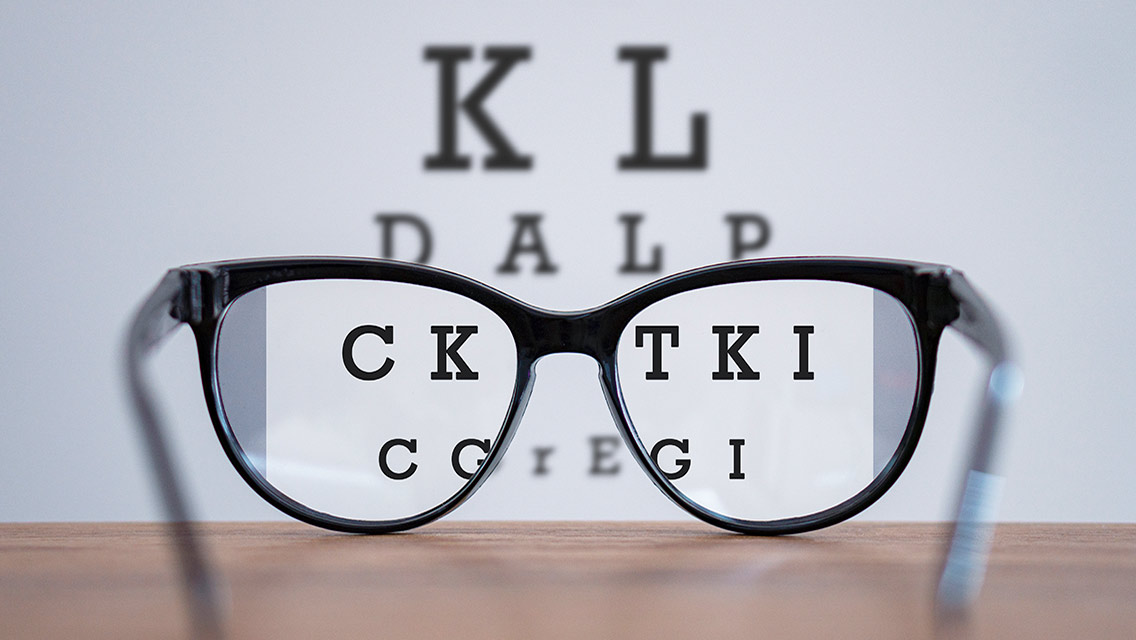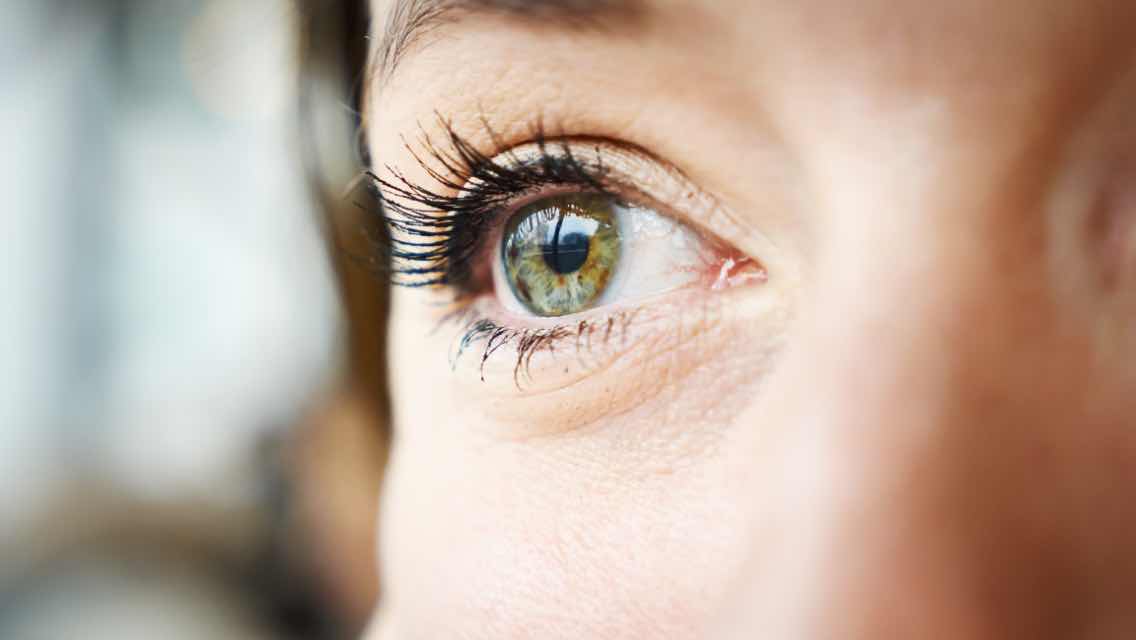I was out on the golf course the other day waiting to tee off when I removed my glasses to get a closer look at something on my scorecard. Propping them on the bill of my cap, I focused on the small print momentarily before reaching for my driver, striding to the tee box, and admiring the arc of my ball after whacking it a couple of hundred yards more or less down the center of the fairway.
A half hour or so later and three holes into the front nine, it suddenly occurred to me that my glasses were still sitting atop my cap — and I was at even par. “Put them in your bag,” my cart mate suggested with more urgency than admiration. “You play better without them!”
Thus encouraged, I navigated the rest of the course sans ocular support and headed to the clubhouse having completed my best round of the season. It also raised a question I hadn’t confronted for nearly a half-century of near-sightedness: Could my vision somehow be improving?
Well, yes and no, my optometrist told me when I paid a visit last week. Like a lot of geezers, my ability to see into the distance has improved over the years even as I’ve begun to struggle with eyestrain when reading or working on a computer. He detected no signs of cataracts, glaucoma, macular degeneration, or other afflictions common among the senior set, thankfully, so I was pleased to hear surgery was not in my immediate future. Still, the notion that I could now roam freely without eyewear left me slightly bemused.
“So, I really don’t need glasses unless I’m reading?” I ventured.
“Your distance vision is just fine,” he assured me. “Though you might want a pair for driving after dark.”
I suppose there are those who would celebrate the freedom of ditching their everyday eyewear and reentering society with a fresh new look, but decades of planting a pair of glasses on my nose have made their sudden absence quite jarring when I look in the mirror. Turns out that I now bear an uncanny resemblance to my late brother, forcing me to reevaluate my earlier opinion of his craggy mug.
That’s just a helpful reminder, of course, that my vanity has not necessarily receded at the same rate as my hairline. More importantly, my recent optical revelations suggest I’ve not been paying enough attention to the health of my eyes. And, as a recent editorial in The Lancet notes, I’m not alone. Vision issues among the elderly are becoming a major public-health concern.
The number of people — primarily older adults — suffering from poor eyesight is expected to rise precipitously in the next 30 years, from 1.1 billion in 2020 to 1.8 billion in 2050. And it’s not just about squinting at the small print on a golf scorecard, Bonnielin Swenor, MPH, PhD, and Joshua Ehrlich, MPH, MD, explain. Impaired vision can affect physical, cognitive, and mental health, any of which can make it harder to find or keep a job and access reliable healthcare.
Swenor, director of the Johns Hopkins Disability Health Research Center, and Ehrlich, an assistant professor of ophthalmology and visual sciences at the University of Michigan, argue that eye care needs to be treated as a crucial component of healthcare for older adults. “Vision and eye heath are often not well integrated within primary health and prevention strategies in efforts to improve healthcare outcomes, quality, and safety or when developing health interventions and behavioral change programs,” they write. “Because the prevalence of vision loss increases with age, these areas represent missed opportunities to optimize the health and well-being of older adults.”
They call for better collaboration between vision and aging research as well as public-health policy and clinical care. But it’s also up to older adults to pay as much (or more) attention to their eyes as they do to the rest of their body.
On that note, I was slightly abashed to admit that it had been eight years since I’d last visited my optometrist, who seemed to take it in stride while clicking through the various lens combinations necessary to adjust my now far-sighted vision. The new glasses should ease my eyestrain when reading and tapping away on a keyboard, he explained. And I opted for a pair of glasses for driving, as well, even though I wouldn’t need them for everyday use — or on the golf course.
Or would I?
“Who knows?” he quipped. “Maybe you could shave a couple more strokes off your score.”





This Post Has 0 Comments